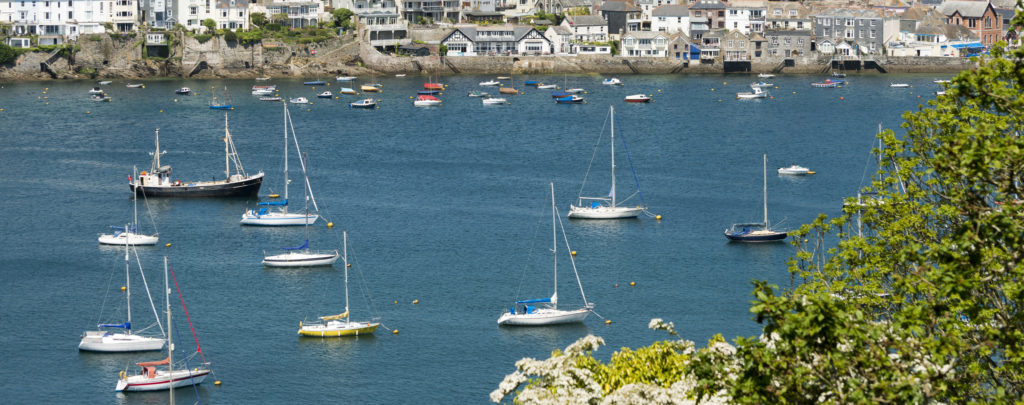
Owners of coastal and marine properties can face unique and complex property law issues. These often reflect the marine environment, as well as the way in which ownership of marine and coastal property has developed over the centuries.
At the outset of any marine project it’s important to think carefully about the extent not only of the property above the limit for high tides, but also the extent of rights which may be required, available, or adversely affecting the project, regarding the foreshore and/or any adjoining fundus or sea bed.
Ownership and boundaries
Ownership of the foreshore or fundus is not always clear cut. In some cases the Crown (or more locally the Duchy of Cornwall) will be involved, but sometimes ownership has already passed into private hands or those of a harbour authority.
It’s vital to not only have a clear understanding of where the boundaries lie between various ownerships, but accurate plans to define them. It can also be helpful to understand the various regulatory regimes whether under the governance of a harbour authority or the Marine Management Organisation as well as the local planning authority; and often a combination of all of these and other regimes besides.
Forces of nature
Coastal margins are as prone to litigation as any land boundary and where natural marine processes have resulted in physical changes, ownership can become unclear.
Circumstance such as these are relatively well known to property lawyers in the context of non-tidal rivers and streams, where the ‘doctrine of accretion and diluvion’ applies. In other words, where the forces of nature have brought about slow, almost imperceptible changes to boundaries over time.
These changes may be more dramatic and evident on the coast. This means it is not only legal boundaries that need to be considered but also the likelihood of future environmental changes impacting on the proposed project. For example, we recently advised on a project where the foreshore being acquired had to allow for certain engineering features to mitigate the consequences of wave action brought about by new development which was proposed further along, on a more exposed part of the foreshore.
Third party interests
Changes in natural boundaries may also have consequences for the extent of the rights of other parties, and in particular public rights. Some of these rights may be very old, for example the rights of the public to fish and gather shellfish from the foreshore. In which case the extent of the foreshore may be called in to question. This may be determined by a shifting low tide mark. Where there has been silting up and attachment of former sand or mud banks to the foreshore then that may constitute an area which is greater in extent.
Remember what might at face value appear to be public rights can ultimately be determined to be rights enjoyed by permission and not ‘as of right’.
Points to bear in mind
- Start your project with a thorough investigation of ownership and regulatory requirements
- Work from accurate plans
- Always remember to consider third party & public rights
- Seek sound engineering advice and take environmental factors into account in the design of the project
Property ownership in the marine environment may appear to be built on shifting sands. All the more reason to seek the advice of a specialist marine legal team before embarking on a marine development project.
Scott Mitchell is a partner with over 20 years’ experience of property law. Scott is experienced in advising on the complexities of marine and maritime projects. He can be contacted on 01726 74433; s.mitchell@stephens-scown.co.uk.
